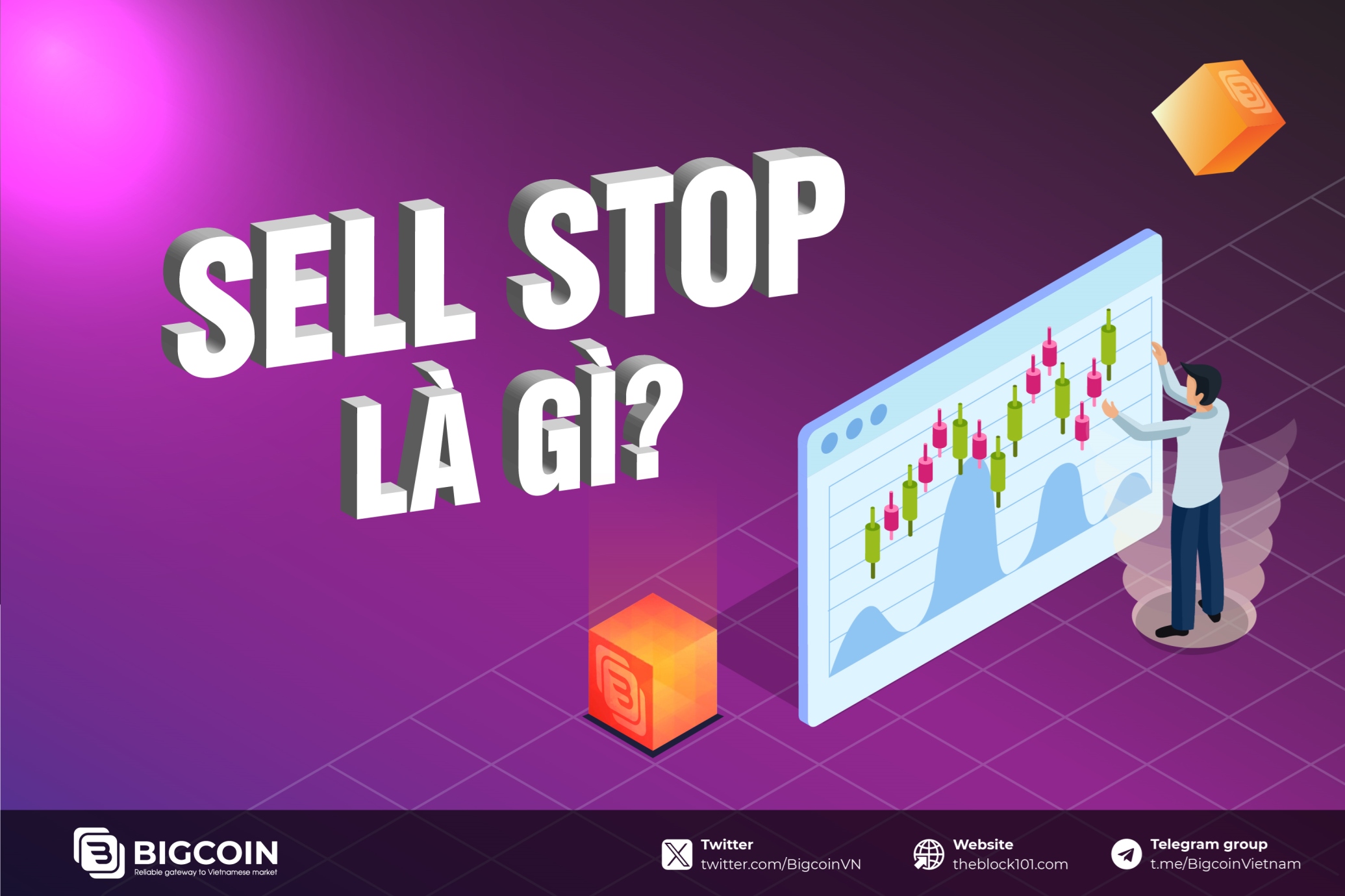1. Definition of Uptrend and Downtrend
1.1. What is an Uptrend?
An uptrend is a trend in which the price of an asset continually increases over time. In an uptrend, key characteristics include the price often closing higher than the previous day, and the trend creates higher highs and higher lows compared to previous highs and lows. This indicates that buying pressure is dominating, pushing prices higher continuously. The price chart in an uptrend typically shows a continuous increase in prices, interspersed with minor corrections that do not change the main trend. These corrections are temporary, and prices then continue to rise higher, confirming the strength of the uptrend. In this context, traders often look for buying opportunities when prices correct slightly in an uptrend, expecting prices to continue rising afterwards.
1.2. What is a Downtrend?
A downtrend is a market condition characterized by a persistent decline in the price of an asset over time. In a downtrend, prices consistently close lower than the previous day, forming a series of lower highs and lower lows. This pattern indicates that selling pressure is overpowering buying pressure, driving the asset's value downward.
On a price chart, a downtrend is visually represented by a continuous downward slope, punctuated by temporary price increases that are unable to reverse the overall bearish trend. These brief upward movements, often referred to as "dead cat bounces," are short-lived and are typically followed by a resumption of the downward price movement, reinforcing the downtrend's dominance.
For traders, downtrends present opportunities to profit from the declining prices. A common strategy involves selling the asset when it experiences a temporary rebound, anticipating that the price will soon resume its downward trajectory. By understanding the dynamics of a downtrend, traders can make more informed decisions and navigate the market with greater confidence.
2. Identifying Uptrends and Downtrends: A Trader's Guide
2.1. Characteristics of an Uptrend Higher Highs and Higher Lows
One of the hallmark characteristics of an uptrend is a series of progressively higher highs and higher lows on the price chart. Each subsequent trough (low) is formed at a higher level than the previous one, while each successive peak (high) is created above the preceding peak. This pattern signifies buying pressure and growing investor interest in the asset.
Uptrend Line: To visualize an uptrend, traders often draw an uptrend line by connecting the consecutive lows on the chart. This line provides a visual representation of the overall upward direction of the price. An uptrend line serves as a support level and indicates the bullish bias in the market.
Trading Volume: In an uptrend, trading volume typically increases as the price rises and decreases during periods of consolidation. This indicates that buying interest is driving the price higher.
Technical Indicators: Technical indicators such as RSI, MACD, and Stochastic can provide additional confirmation of the strength of an uptrend. While the price may be trending higher for an extended period, these indicators can help identify potential divergences or weaknesses in the trend.
2.2. Characteristics of a Downtrend Lower Highs and Lower Lows
A downtrend is characterized by a series of progressively lower highs and lower lows on the price chart. Each new peak is formed at a lower level than the previous one, and each new trough is created below the preceding trough.
Downtrend Line: A downtrend line is drawn by connecting the consecutive highs on the chart. This line serves as resistance and indicates the bearish sentiment in the market.
Trading Volume: In a downtrend, trading volume often increases as the price falls and decreases during periods of relief rallies. This suggests that selling pressure is driving the price lower.
Swing Points: Swing points are the most recent significant highs or lows on a chart. They can help identify the overall trend of the market and potential reversal points.
Reversal Signals: In a downtrend, traders look for reversal signals such as reversal patterns (e.g., head and shoulders) or candlestick patterns that indicate a potential shift in market sentiment.
Market Confirmation: A downtrend typically requires time to be confirmed by consistent price declines. If the decline is short-lived and does not establish a new lower low, it may simply be a temporary pullback.
3. Factors Influencing Uptrends and Downtrends
The uptrends and downtrends in the cryptocurrency market are influenced by a multitude of factors.
3.1. Factors Contributing to Uptrends
- Positive News and Developments: Positive news such as successful partnerships, funding rounds, or technological advancements can generate significant interest and drive up prices. When a project garners positive attention, it can attract new investors and fuel a buying frenzy.
- Increasing Trading Volume: Rising trading volume during an uptrend often indicates strong participation from both buyers and sellers. This increased activity can create a sense of momentum and attract more investors.
- Technological Advancements: The development of new technologies or innovative solutions can significantly boost the value of a cryptocurrency. When a project is at the forefront of technological innovation, it can attract investors seeking exposure to emerging trends.
3.2. Factors Contributing to Downtrends
- Negative News and Events: Negative news, such as security breaches, regulatory challenges, or project delays, can erode investor confidence and drive prices down. Negative sentiment can quickly spread throughout the market, leading to a sell-off.
- Large-Scale Selling: When a significant number of investors or institutions decide to sell their holdings, it can create substantial selling pressure and push prices lower. This is often referred to as a "market sell-off."
- Macroeconomic Factors: Broader macroeconomic conditions can also impact the cryptocurrency market. During periods of economic uncertainty or market volatility, investors may be inclined to sell riskier assets like cryptocurrencies, leading to a downtrend.
4. Key Considerations During Uptrends and Downtrends
When the market is in an uptrend or downtrend, investors and traders should keep several key factors in mind to make informed and effective investment decisions.
Risk Management: Regardless of whether the market is trending up or down, risk management should always be a top priority. Implement stop-loss orders and maintain a favorable risk-to-reward ratio to protect your capital.
Stay Informed: News and events can significantly impact market trends. Stay updated on the latest developments to identify factors that may influence market direction.
Technical Indicators: Utilize technical indicators to identify overbought and oversold conditions, which can help predict potential reversals and optimal entry points.
Strategic Entry and Exit Points: In an uptrend, avoid buying at the peak, and in a downtrend, avoid selling at the bottom. Focus on identifying attractive entry and exit points based on technical analysis and market fundamentals.
5. Conclusion
Uptrends and downtrends are more than just technical terms; they are fundamental concepts that shape market dynamics. By understanding the characteristics of uptrends and downtrends, investors and traders can make informed decisions, capitalize on opportunities during bullish markets, and protect their portfolios during bearish periods. A deep understanding of these trends empowers traders to navigate the complexities of the market with greater confidence and success.
Readmore

 English
English Tiếng Việt
Tiếng Việt
















